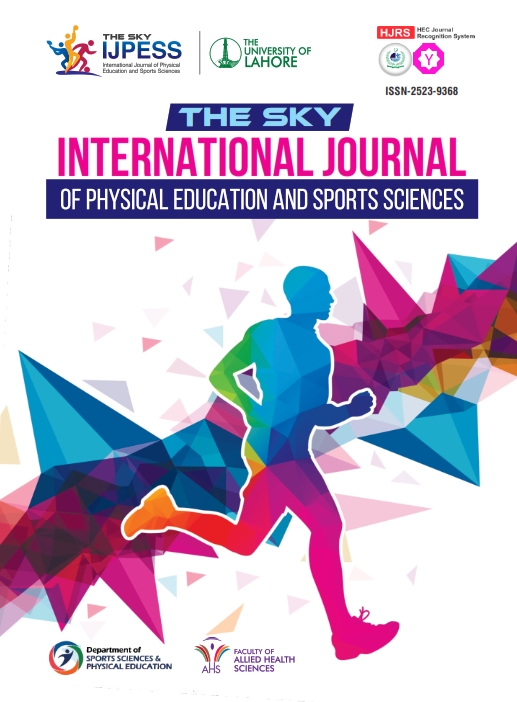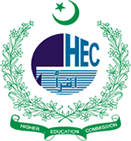Sports Media and Body Image of Female Athletes: Perception of Women Athletes in Pakistan
DOI:
https://doi.org/10.51846/the-sky.v8i2.2659Keywords:
Self-Perception, Female Athletes, Peer pressure, Socio-cultural, SportsAbstract
This study aims to explore the perception of Lahore-based female athletes about the representation of female athletes in sports media. Body image in every person’s mind is different but because of the media people have a mindset that all we see in media is smart, thin, and curvy bodies. Female athlete’s body image is not only looking thin, slim, or curvy but after doing the specific sport exercise the body starts looking masculine. Socio-cultural norms become a judgmental criterion about female bodies. Whereas media objectifies females that is if a person is slim, thin, or curvy that is a perfect body that is how a woman should look. For this, researchers conduct interviews of ten female athletes of national and international levels to know their perception of the representation of females on sports media. These ten females were chosen with convenient sampling and a semi-structured interview was conducted which was divided into four themes: The manly body of female athletes, representation of female athletes in media, Female athletes as ordinary women, and Long-term Effects on the body. The results reveal that media representation is biased and media objectifies women and focuses on their bodies as compared to their performance. In Pakistani it is s cultural issue for athlete female to look straight. The curviness or softness of the body is associated with femininity. Masculinity in the body of female athletes is considered as a body damage and it affects the career of female athletes.
Downloads
Published
How to Cite
Issue
Section
License
Copyright (c) 2024 Ali Ab Ul Hassan, Sakha Maryam, Muhammad Zia

This work is licensed under a Creative Commons Attribution-ShareAlike 4.0 International License.
Authors retain copyright of their work and grant THE SKY-International Journal of Physical Education and Sports Sciences the right to publish it under a Creative Commons Attribution-ShareAlike 4.0 International License (CC BY-SA 4.0). This license permits sharing, adaptation, and redistribution of the work, provided proper attribution is given to the authors.
Authors may distribute the journal’s published version (e.g., in repositories, books, or other platforms) non-exclusively, with acknowledgment of its original publication here.
Authors are encouraged to share their work publicly (e.g., on personal websites or institutional repositories) to foster scholarly exchange.








